Design by People for People
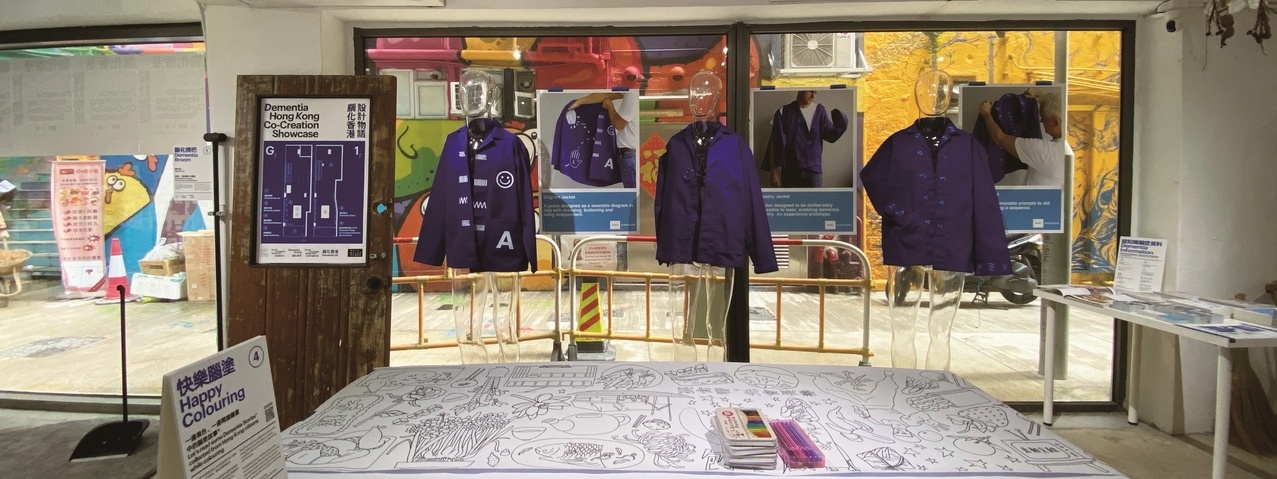

|
Design By People for People (Written by Peter Wong Translation : Sunni Zhang) From left : Sunny Chow (COO of Enable Foundation), Ire Tsui and Yanki Lee (Co-Founders of Enable Foundation). Yanki Lee, founding director of HKDI DESIS Lab for Social Design Research, returned on campus to speak at the Design Thinking lecture series. Titled Lee began her training as a designer with the Interior Design program at Hong Kong Polytechnic University, followed by an MA in Architecture from the Royal College of Art. After her postgraduate degree, however, Lee did not further her studies in spatial design, nor did she begin working as a designer. Instead, she turned to design education and research at the Helen Hamlyn Centre for Design, which she pursued for over a decade. During this time, Lee also earned a PhD in Design Participation from Hong Kong Polytechnic University. Throughout her career, Lee has focused on exploring the true meanings of design as a cocreative practice, and getting citizens involved in designing for their own living environment. For Lee: “My interest in how people interact with architecture is significantly higher than in architecture itself. Ultimately, what I want to explore is the relationship between design and those that interact with it. Conventionally, design practice leaves no room for human engagement. Eventhough the idea of designing for people was brought up with the emergence of 20th century Modernism, the conversation grew into few designerled discussions lacking diversity. I have always wanted to define clearly the relationship between design and people, and with years of research and practice, I propose Design by People, I did my doctoral design study at Lower Ngau Tau Kok Estate during SARS outbreak, where I spent 18 months working on site for research and communicating with local residents. From there I learned that design by people is the way to go. The most effective and efficient way to solve issues faced by local community is to let themselves lead in the design process.” Professor Roger Coleman, the founding director at the Helen Hamlyn Centre for Design, played a major role in Lee’s avid research in ageing and design. Professor Coleman’s theory “Design for Our Future Selves” greatly influenced As Lee goes on about the older people of the future, it is obvious that her focus extends beyond senior citizens and is essentially every single person in the society including “the others” outside of the design communities. With population ageing, there will be increase in the proportion of senior members. However, we should no longer think and act from the perspectives of designing for them or with them, but giving them the authority to lead and make decisions, and that is design by people.
In the three years following Enable Foundation’s establishment, Lee found it to be a great opportunity forher to continue to explore different possibilities of social innovation through engaging those outside of design communities. Through working and communicating with social work NGOs, Lee realised that staff within these organisations already possess a considerable amount of creative ideas, which she calls service innovation. Lee believes these services could be more holistically executed and even with their potentials maximised if design is incorporated in the process. In a way, the combination of service innovation With so much expertise in social design and design education, as well as being the founder of the HKDI DESIS Lab, Lee shares her insights on Design for Well Being, the research and education direction that HKDI has been actively promoting. “In my opinion, we first need to come to consensus on whose wellbeing we are addressing. From there, we can define our topic and operation methods. For an institution, it is possible to be more macroscopic with such a vague
|
Others
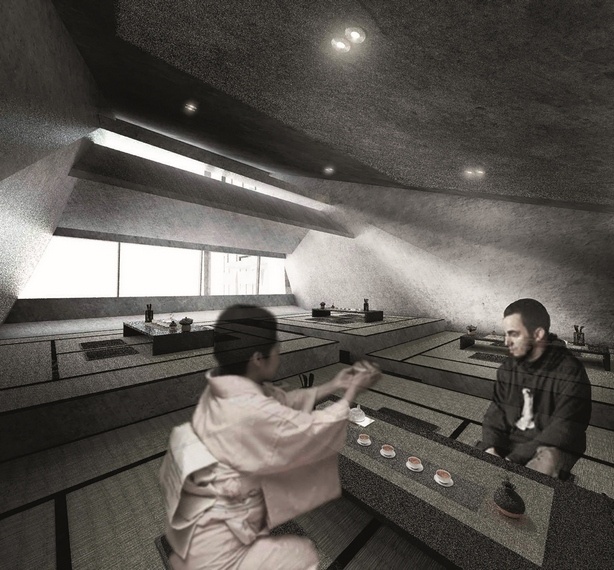
Latest News | 1 December 2020
Music Therapy Tea House

Latest News | 1 December 2020
Human Light

Latest News | 1 December 2020
Reasy
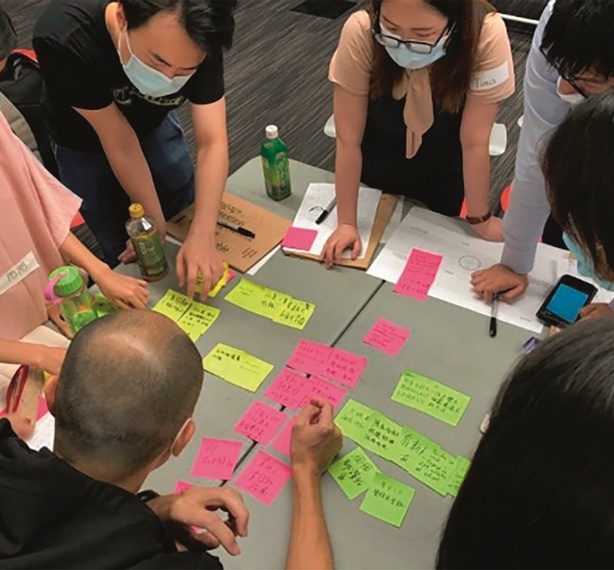
Latest News | 1 December 2020
Design Thinking PMQ
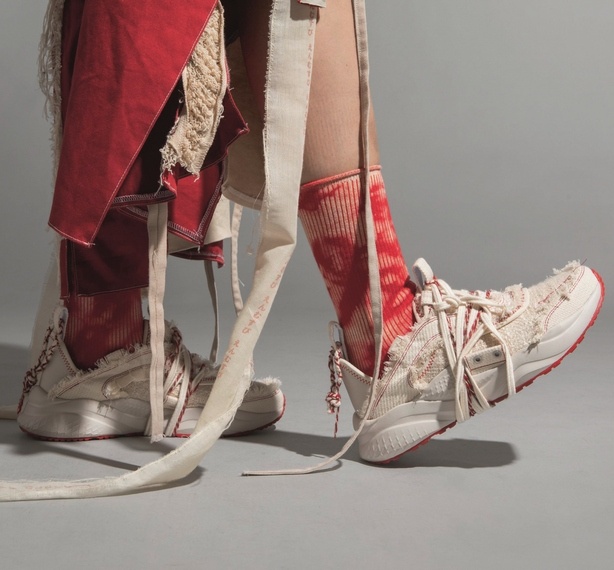
Latest News | 1 December 2020
New Generation, New Force
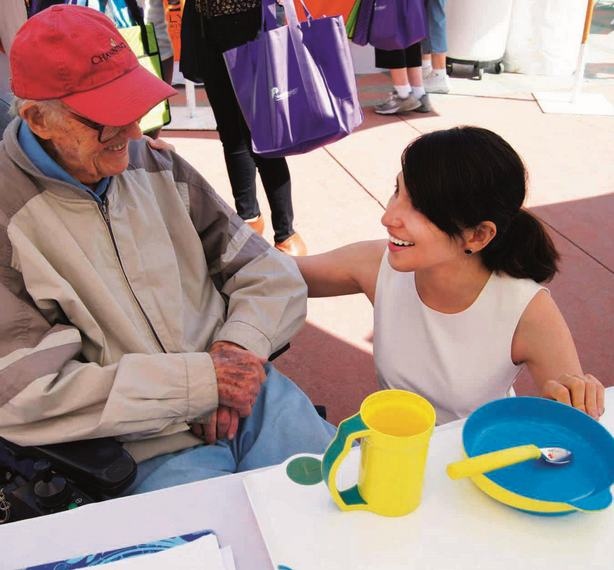
Latest News | 1 December 2020
Designing for basic Human Needs
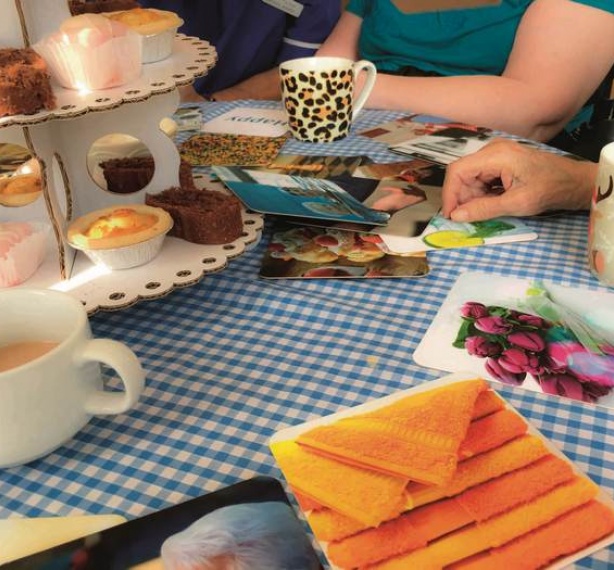
Latest News | 1 December 2020
Sharing about Death Gives Meaning to Life
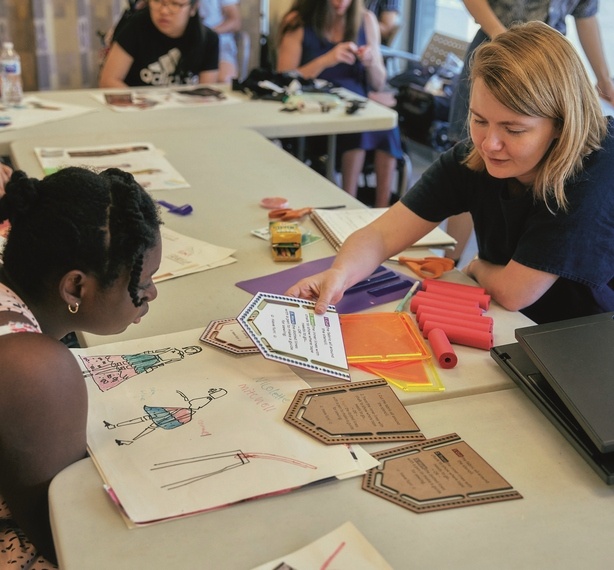
Latest News | 1 December 2020
Functional Fashion is a Bridge to Society
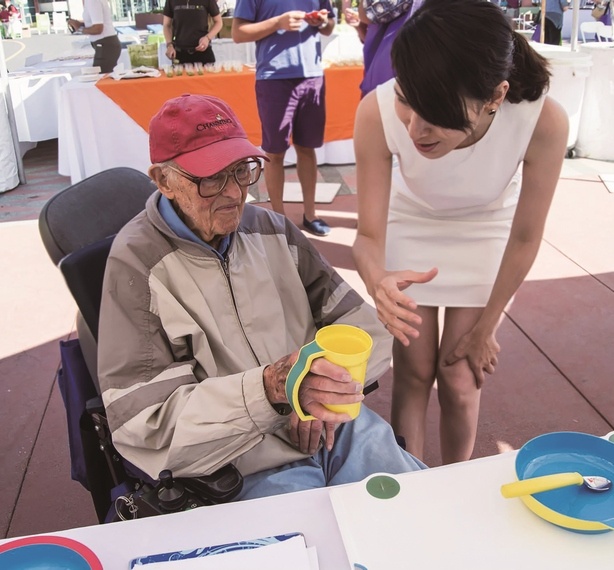
Latest News | 1 December 2020
Tableware Designed with Love
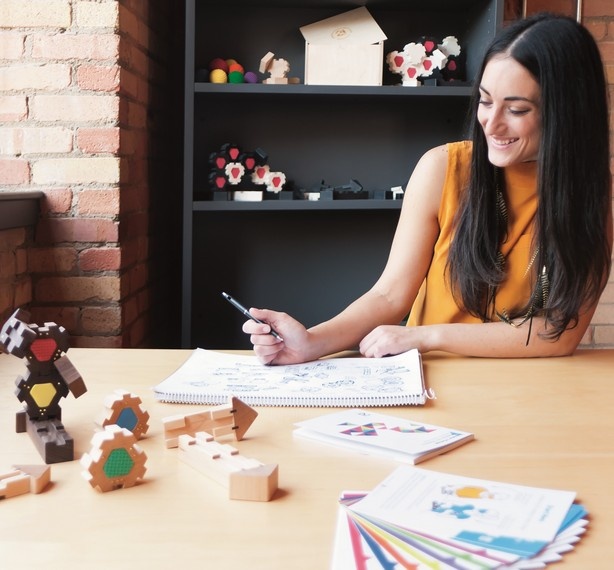
Latest News | 1 December 2020
A Toy for the Twenty-first Century
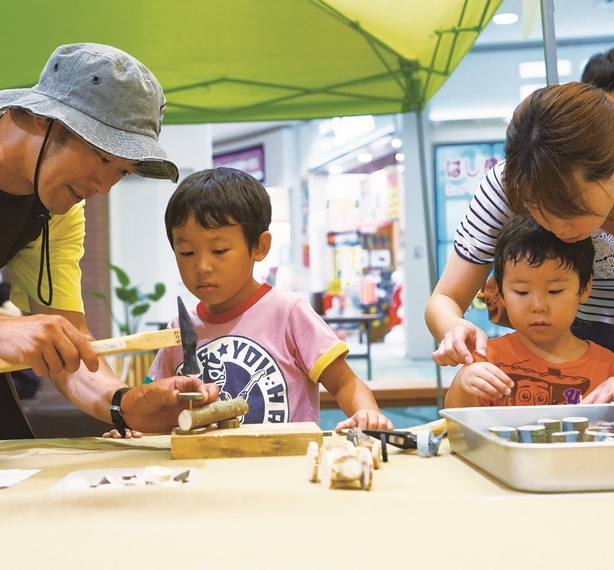
Latest News | 1 December 2020
Value-based Design as a path to Action
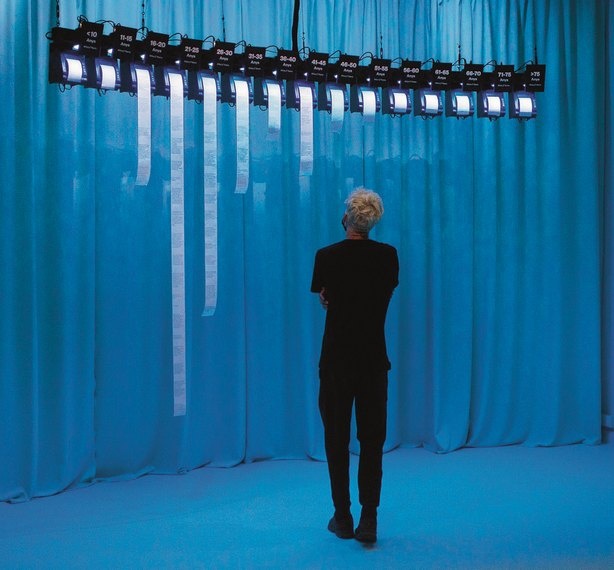
Latest News | 1 December 2020
Stories to Drive Change
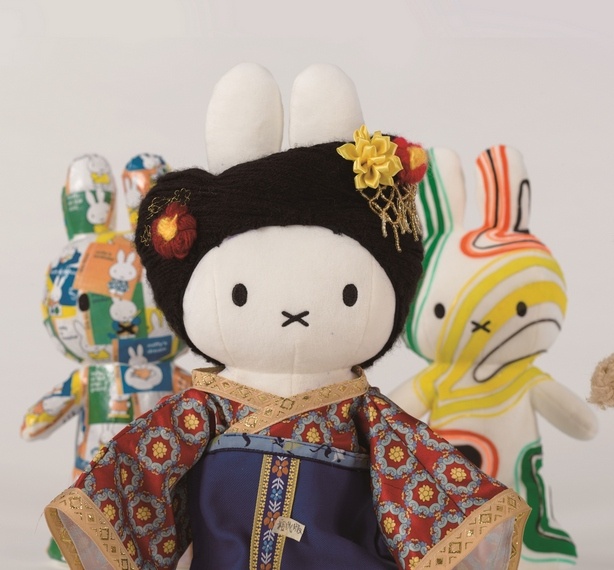
Latest News | 1 December 2020
Miffy
Latest News | 1 December 2020
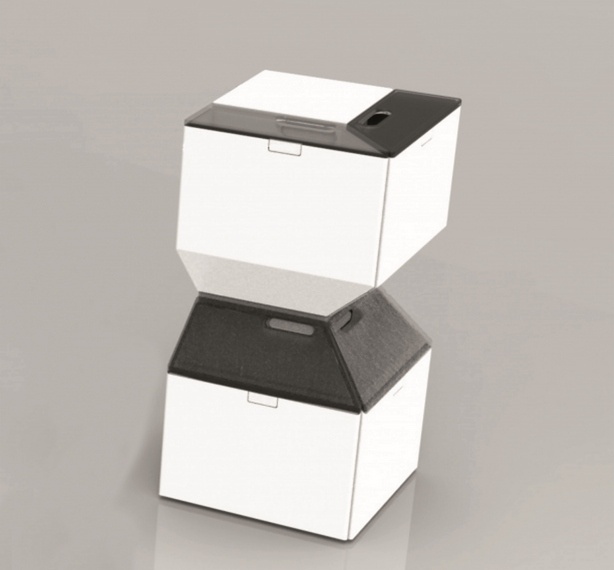
Latest News | 1 December 2020
